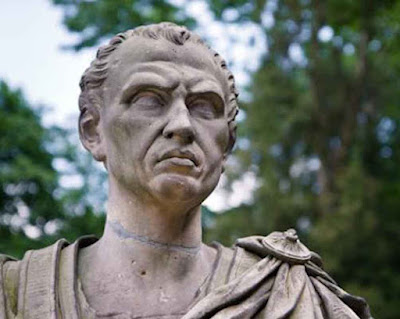
Leap Year Explanation
Leap years are when an additional day is added to the end of February. The extra day, February 29, is usually called leap day. It is commonly said that there are 365 days in a year, but Leap years have 366 and happen almost every four years.
Why We Need Leap Years?
Leap days keep our Gregorian calendar also known as the modern-day calendar; in alignment with Earth's orbits around the Sun. It takes Earth about 365 days, 5 hours, 48 minutes, and 45 seconds, or 365.242189 days to circle once around the Sun. It is known as a tropical year, and it starts on the March equinox. (An equinox is usually regarded as when the plane of Earth's equator crosses into the center of the Sun. It's the time at which the center of the visible Sun is directly above the equator.).
However, the modern-day Gregorian calendar has only 365 days in a year. If we didn't add a leap day on February 29 around every four years, every calendar year would begin about 6 hours before the Earth achieves its revolution around the Sun.
As a result, our time calculation would slowly drift apart from the tropical year and get frequently out of sync with the seasons. With a difference of about 6 hours per year, the seasons would shift by about 24 calendar days in 100 years. Allow this to happen for a while, and Northern Hemisphere residents will celebrate Christmas in the middle of summer in a matter of a few centuries.
Leap days correct that error by providing Earth the extra time it needs to complete a full circle around the Sun.
Also read: What Is 'Time'? Explained Simply
Reason To Add a Leap Day Every 4 Years
If the tropical year was exactly six hours (extended) than a calendar year with three sixty-five days, we could use the Julian calendar that adds a leap day every four years without exception. The difference would grow to precisely twenty hours over four years, and Earth would need precisely one day to catch up to the position in its orbit where it was four years prior.
However, the difference between the common year and the tropical year is a few less than 6 hours. The Gregorian calendar marks this by using a mildly more complex set of laws to determine which years are leap years. It's still not perfect, but the resulting difference is tiny.
Rules To Calculate A Leap Year

Who Is The Founder Of Leap Years?
Leap years in the Western calendar were initially started over 2000 years ago by Julius Caesar. He was a Roman general. The Julian calendar, named after him, had only one rule: any year evenly divisible by four would be a leap year.
This method created too many leap years, causing the Julian calendar to drift apart from the tropical year at a rate of one day per 128 years. This was not corrected until introducing the Gregorian calendar over 1500 years later when some days were skipped to realign our calendar with the seasons.

Leap Months
The old Roman Calendar added a month every few years to stay in sync with the seasons, just like the Chinese leap month.
